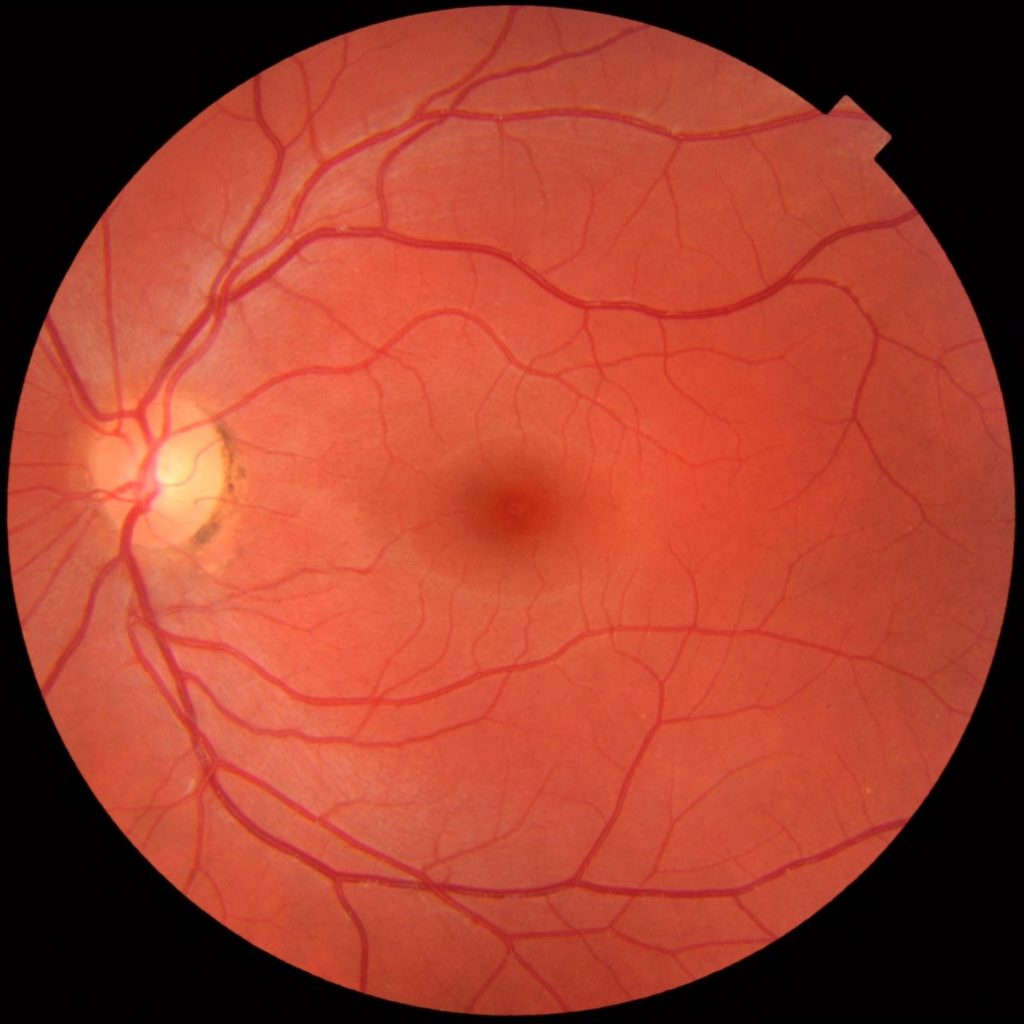Researchers used gene therapy to regenerate damaged axons in the eye, in a discovery that could aid the development of new treatments for glaucoma, one of the leading causes of blindness worldwide.
In a study, “Protrudin functions from the endoplasmic reticulum to support axon regeneration in the adult CNS,” published in Nature Communications, scientists tested whether the gene responsible for the production of the protein Protrudin could stimulate the regeneration of nerve cells and protect them from cell death after an injury.
“Adult mammalian central nervous system axons have intrinsically poor regenerative capacity, so axonal injury has permanent consequences. One approach to enhancing regeneration is to increase the axonal supply of growth molecules and organelles. We achieved this by expressing the adaptor molecule Protrudin which is normally found at low levels in non-regenerative neurons,” the investigators wrote.
“Elevated Protrudin expression enabled robust central nervous system regeneration both in vitro in primary cortical neurons and in vivo in the injured adult optic nerve. Protrudin overexpression facilitated the accumulation of endoplasmic reticulum, integrins, and Rab11 endosomes in the distal axon, whilst removing Protrudin’s endoplasmic reticulum localization, kinesin-binding or phosphoinositide-binding properties abrogated the regenerative effects.
“These results demonstrate that Protrudin promotes regeneration by functioning as a scaffold to link axonal organelles, motors, and membranes, establishing important roles for these cellular components in mediating regeneration in the adult central nervous system.”
The team used a cell culture system to grow brain cells in a dish. They then injured their axons using a laser and analyzed the response to this injury using live-cell microscopy. The researchers found that increasing the amount or activity of Protrudin in these nerve cells vastly increased their ability to regenerate.
Retinal ganglion cells extend their axons from the eye to the brain through the optic nerve in order to relay and process visual information. To investigate whether Protrudin might stimulate repair in the injured CNS in an intact organism, the scientists relied on a gene therapy technique to increase the amount and activity of Protrudin in the eye and optic nerve.
When they measured the amount of regeneration a few weeks after a crush injury to the optic nerve, the team found that Protrudin had enabled the axons to regenerate over large distances. They also found that the retinal ganglion cells were protected from cell death.
The researchers showed that this technique may help protect against glaucoma, a common eye condition. In glaucoma, the optic nerve that connects the eye to the brain is progressively damaged, often in association with elevated pressure inside the eye.
If not diagnosed early enough, glaucoma can lead to loss of vision. In the U.K., around one in 50 people over the age of 40, and one in ten people over the age of 75 are affected by glaucoma.
To demonstrate this protective effect of Protrudin against glaucoma, the researchers used a whole retina from a mouse eye and grew it in a cell culture dish. Usually around half of retinal neurons die within three days of retinal removal, but the scientists found that increasing or activating Protrudin led to almost complete protection of retinal neurons.
“The causes of glaucoma are not completely understood, but there is currently a large focus on identifying new treatments by preventing nerve cells in the retina from dying, as well as trying to repair vision loss through the regeneration of diseased axons through the optic nerve,” said Veselina Petrova, PhD, from the department of clinical neurosciences at the University of Cambridge, the study’s first author.
“It’s possible our [gene therapy] treatment could be further developed as a way of protecting retinal neurons from death, as well as stimulating their axons to regrow. It’s important to point out that these findings would need further research to see if they could be developed into effective treatments for humans.”
Protrudin normally resides within the endoplasmic reticulum. In this study, the team showed that the endoplasmic reticulum found in axons appears to provide materials and other cellular structures important for growth and survival in order to support the process of regeneration after injury. Protrudin stimulates transport of these materials to the site of injury.
“Nerve cells in the central nervous system lose the ability to regenerate their axons as they mature, so have very limited capacity for regrowth. This means that injuries to the brain, spinal cord, and optic nerve have life-altering consequences,” continued Petrova. “The optic nerve injury model is often used to investigate new treatments for stimulating CNS axon regeneration, and treatments identified this way often show promise in the injured spinal cord. It’s possible that increased or activated Protrudin might be used to boost regeneration in the injured spinal cord.”







